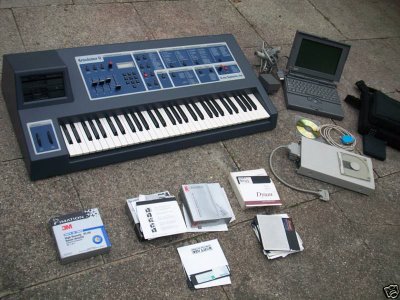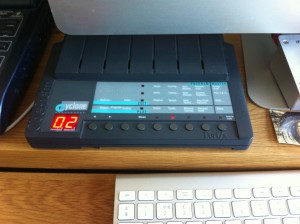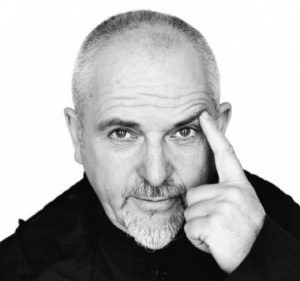We now have a comprehensive, authentic Casio CZ sample library available for download in our shop. Click here to buy in Native Instruments Kontakt format.

Click here for audio demo
Briefly:
What you have here is a selection of the best, most unique sounds the CZ has to offer. I think you’ll be surprised at what this synth can do. I’ve been using these synths since 1992, so as you can imagine I’ve built up a big library and explored in depth what these synths can do. I’ve left out typical sounds such as strings, brass etc. that are done better on other synths, or are done to death on other sample libraries. Although there is one very special string sound, created by layering two patches with special pitch modulation in the CZ envelopes and no Kontakt trickery- you won’t believe it’s a CZ.
So I hope these sounds add something unique and useful to your library. 🙂
Read all about the Casio CZ series of synthesizers here.
Furthermore:
I’ve made the sounds as authentic to the original machine as possible. This is not a CZ that’s been made “phatter” or “heavier” or “wider” using effects and Kontakt trickery. However, in some cases I’ve taken the opportunity to improve the sound where appropriate. I feel that what you have here is a CZ with all the character plus a few hot rod enhancements for professional studio use.
I’ve used some of the modulation and effects inside Kontakt to recreate some of the Casio parameters that do not sample well. For example, vibrato in most of the patches comes from Kontakt, not the Casio. I’ve used various settings of either the chorus or flanger to recreate the onboard chorus of the CZ when it is an important part of the sound. I’ve also taken the opportunity to “stereoize” some effects where appropriate. For example some of the sounds have stereo echo, where a mono echo effect would have been done with the envelope in the CZ. The electric piano uses a stereo tremolo effect, whereas on the CZ this would have been a rather limited mono tremolo effect using the envelope.
Many of the sounds use the layering capability of the CZ-1, as well as the velocity modulation. You’ll see that some sounds have up to three levels of velocity sampled. On the CZ-1 this is actually quite a clunky feature, so with some sounds I’ve used a low pass filter to augment or replace the velocity to DCW (CZ filter) modulation. So in many cases the sounds are actually more responsive than they are on a CZ.
Why 16 bit?
The CZ uses a pretty funky 12 bit companded DAC running at 40kHz, so a modern 16 bit/ 44.1kHz audio interface is more than sufficient to capture the full dynamic range. Plus I think it’s a waste of space and resources to use higher sampling rates/ bit depths. So you’ll notice that these sounds load very fast, even where there are lots of samples used. To this end I’ve also not gone overboard on multisampling, but I’ve done enough so that in an A/B test with the real machine, there is no audible difference. So there are only three sounds where it was appropriate to sample every single pitch on the CZ.
The compressed dynamic range of the original DAC is used in some of the sounds. There are a couple where the tone changes randomly with each note played as the internal DAC creates audible glitches. It’s great on some of the bell sounds, and one particular bass sound is very special- check out Chop Bass. I’ve captured this using up to 4 “round robin” samples in some cases.
For the same reason, layering on the CZ often sounds better/ different than layering inside Kontakt. So I’ve avoided any layering in Kontakt because it wouldn’t be authentic to the original CZ sound, and it offers the user greater scope for creativity.
Details: 102 patches, download size 544MB (Kontakt’s built in data compression used).










